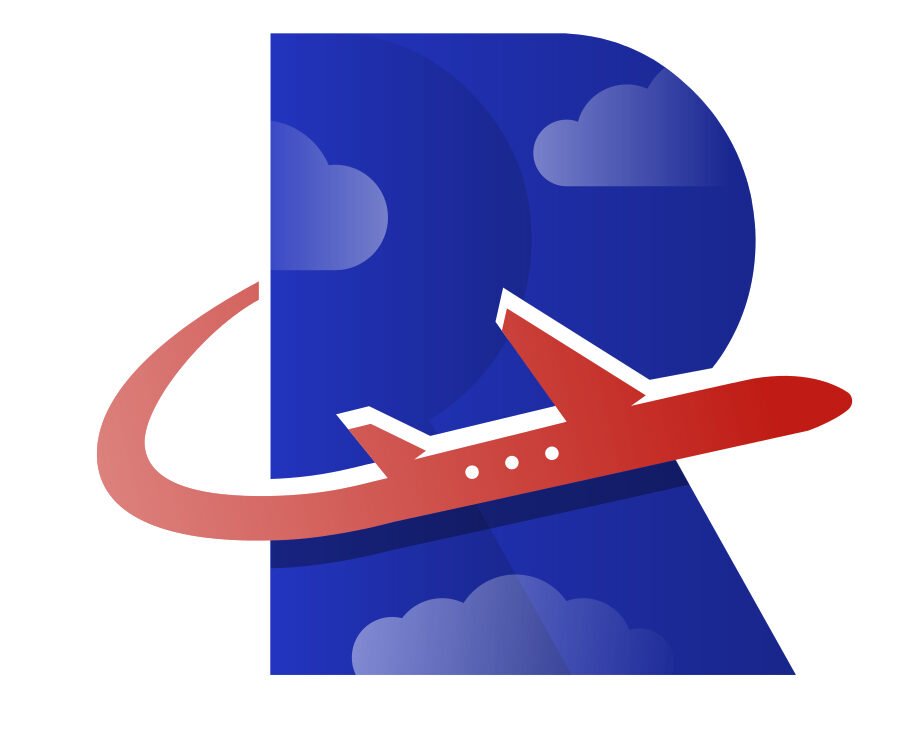andre80h565281
About andre80h565281
The Rise Of Charter Private Jets: An Observational Examine
In recent years, the private aviation business has experienced a big transformation, with charter private jets changing into an increasingly standard alternative amongst travelers. This observational analysis article goals to explore the elements contributing to the rise of charter private jets, the demographics of their customers, and the implications for the aviation trade as an entire.
Charter private jets offer a singular travel experience that is usually perceived as luxurious and exclusive. Not like commercial airlines, which operate on fixed schedules and routes, charter services present flexibility and comfort, permitting passengers to choose their departure times, locations, and even the aircraft type. This degree of customization appeals to a various range of travelers, from enterprise executives to affluent leisure seekers.
Considered one of the first elements driving the expansion of charter private jets is the rising demand for efficiency in travel. In a fast-paced world the place time is cash, avoiding the prolonged verify-in processes and security traces related to business flights is a big advantage. Observational data point out that charter jet passengers value the ability to arrive on the airport simply minutes earlier than departure, bypassing the usual hassles of air journey.
Furthermore, the COVID-19 pandemic has reshaped journey preferences, resulting in a surge in private jet utilization. Health issues and a need for social distancing have prompted many travelers to seek options to crowded airports and commercial flights. Charter private jets present a controlled atmosphere the place passengers can minimize their exposure to potential well being risks. This shift has attracted not only wealthy people but additionally company clients on the lookout for secure journey choices for their employees.
The demographic profile of charter private jet users is diverse. Whereas the majority of passengers are affluent individuals or company executives, there is a rising pattern of younger travelers embracing private aviation. Observations reveal that millennials and Gen Z travelers, who prioritize experiences over material possessions, are increasingly eager about chartering private jets for particular events, akin to weddings, birthdays, and household reunions. This shift signifies a broader cultural change in how luxury is defined and experienced.
One other notable side of the charter private jet trade is the rise of on-demand services facilitated by know-how. A number of platforms have emerged, permitting users to e-book charter flights with ease, just like how one would book a experience by means of a ridesharing app. This technological advancement has democratized access to private aviation, making it extra accessible to a wider audience. Observational information counsel that many travelers are now more inclined to consider chartering a jet for short journeys or last-minute getaways, because of the comfort supplied by these platforms.
The implications of this trend for the aviation business are vital. As charter private jets turn out to be more mainstream, conventional airways might must reevaluate their methods to retain customers. The competitors from charter providers could prompt airways to enhance their offerings, resembling improving customer support, providing more versatile ticketing options, and creating loyalty packages that cater to high-value travelers.
Moreover, the environmental influence of private aviation is a rising concern. Observational analysis indicates that whereas charter private jets are sometimes criticized for their carbon footprint, many firms are taking steps to mitigate their environmental affect. Initiatives similar to carbon offset applications and investments in sustainable aviation fuel are becoming more frequent among charter operators. Travelers are increasingly conscious of their ecological footprint, and many are willing to assist companies that prioritize sustainability.
In terms of economic impact, the charter private jet industry contributes significantly to native economies. Airports that accommodate private jets typically experience elevated income from touchdown fees, gas gross sales, and ancillary services. Additionally, charter corporations create jobs in varied sectors, from pilots and crew members to floor support workers and maintenance technicians. Observational data counsel that the economic ripple impact of the charter private jet industry extends beyond aviation, benefiting accommodations, eating places, and other local companies that cater to wealthy travelers.
As the charter private jet business continues to evolve, it faces challenges that might shape its future. The regulatory panorama surrounding private aviation is complicated, with varying rules and regulations across completely different countries. Observational analysis signifies that navigating these rules could be a barrier for brand new entrants available in the market. Additionally, the industry should address concerns related to safety and security, particularly as the number of charter flights increases.
In conclusion, the rise of charter private jets represents a significant shift in the aviation panorama. Driven by the demand for effectivity, changing demographics, and developments in expertise, charter services are becoming more accessible and appealing to a broader audience. As the industry continues to grow, it is going to be important for operators to deal with environmental issues, enhance buyer experiences, and adapt to the evolving regulatory framework. The way forward for charter private jets appears promising, with the potential to redefine luxurious journey within the years to come. Observational analysis will remain crucial in understanding the nuances of this dynamic trade and its impression on the broader travel ecosystem.
No listing found.


